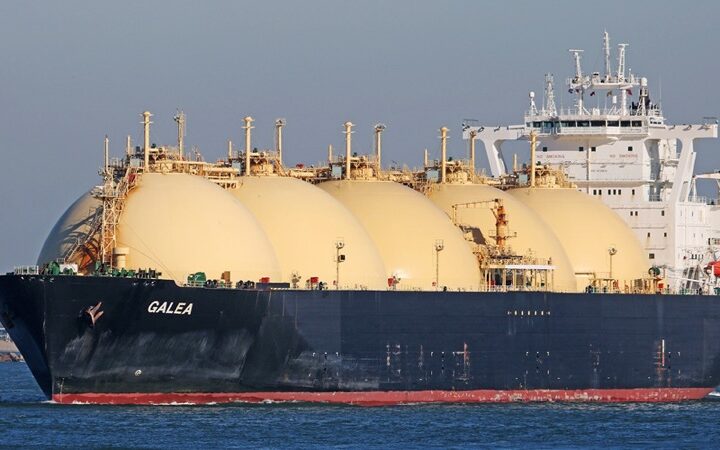.
By Makis Georghiou
The Crete-Attica subsea electricity link connecting the power grids of Israel and Cyprus to Europe via Greece has again been delayed, despite being taken away from the Cypriot project promoter as a matter of “national urgency”.
This is no longer the case as the government in Athens is going from one delay to another, causing a further rift in relations with Nicosia.
On October 4, the Greek Ministry of Environment and Energy announced that section 3.10.3 of the EuroAsia Interconnector was to be re-designated as a ‘national’ project then handed on a silver platter to Chinese-controlled transmission system operator ADMIE.
In return, the former state utility would need to rush to deliver the 1,000 MW cable to Crete, where outdated and high-emission diesel power stations should have been decommissioned by the end of 2019.
Last week, CEO Manos Manousakis of ADMIE, in which China’s State Grid Corp has a 24% stake, told the Athens Investment Forum that “by early 2023, Crete will be electrified exclusively from the continental system”.
In contrast, the EuroAsia Interconnector project was on target to implement the Crete-Attica cable by the summer of 2022.
This project now seems to be pushed even further back, to the end of 2023, at best, with information leaked by ADMIE saying that it has delayed the tenders for the converter stations to next week, following numerous postponements.
In an effort to evade suspicion that the project will eventually be awarded to Chinese contractors, the leaks tried to suggest that the front-runners for ADMIE’s Crete-Attica link were the two consortia of Siemens with Greece’s Terna Energy and General Electric with local Mytilineos, with the cable supply already awarded to the Prysmian-Nexans-NKT consortium with Hellenic Cables.
The leaks also suggested that ABB would be disqualified as the global giant had asked for more time, while State Grid subsidiary NARI was kept out of the reports, despite the Chinese company being awarded the 150KV Naxos substation.
China’s NARI was only mentioned in local reports in Crete as possibly playing an integral role in the project later on.
Almost a year ago the same media outlets had unleashed a vicious attack against Siemens as a potential bidder in the EuroAsia-built section of the Crete-Attica cable.
With the picture now clearer, the ministry’s new director general Gerasimos Thoma probably succumbed to immense pressure from the two local partners of the finalist bidders, to stop the project from being implemented by the Cypriot company.
What the leaks do not explain is that with the ADMIE Crete-Attica bidders headed for final evaluation, the consultations with the finalist bidder will take 2-3 months to conclude, followed by a financial evaluation.
With an order of this magnitude requiring at least 36 months to deliver, the Crete-Attica ‘national’ project is now condemned to be being delivered by the end of 2023, the earliest.
Finally, the financing of the project is anyone’s guess, as having been demoted from an EU project of common interest (PCI), the Crete-Attica link is no longer eligible to low-cost funding from European institutions such as the EIB and EBRD.
So much for Minister Kostis Hatzidakis’ excuse of ‘national urgency’ being the sole reason for this U-turn in the project that successive Greek administrations had supported since 2012.
The writer is a regular columnist on energy, geopolitical and maritime affairs







